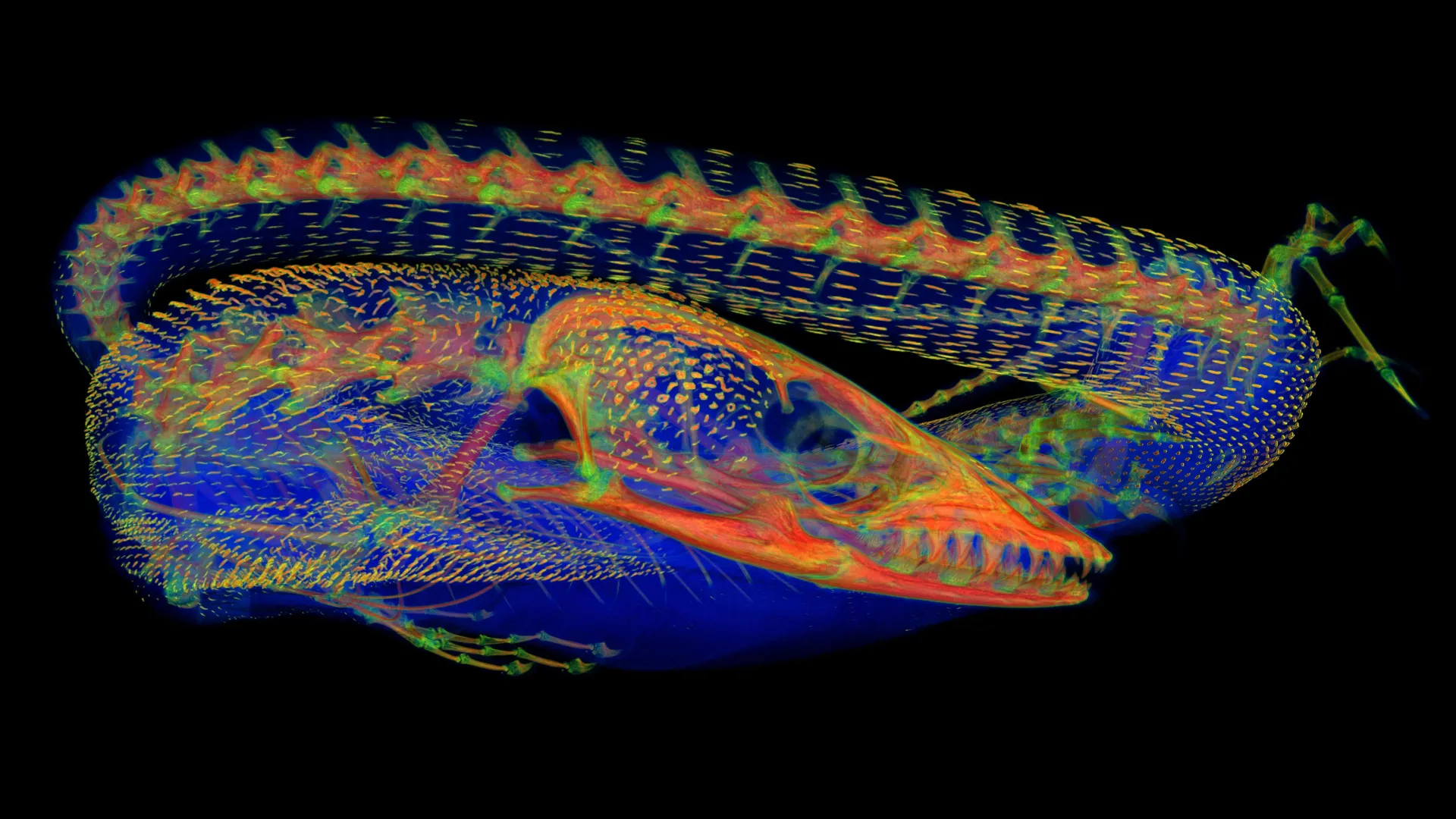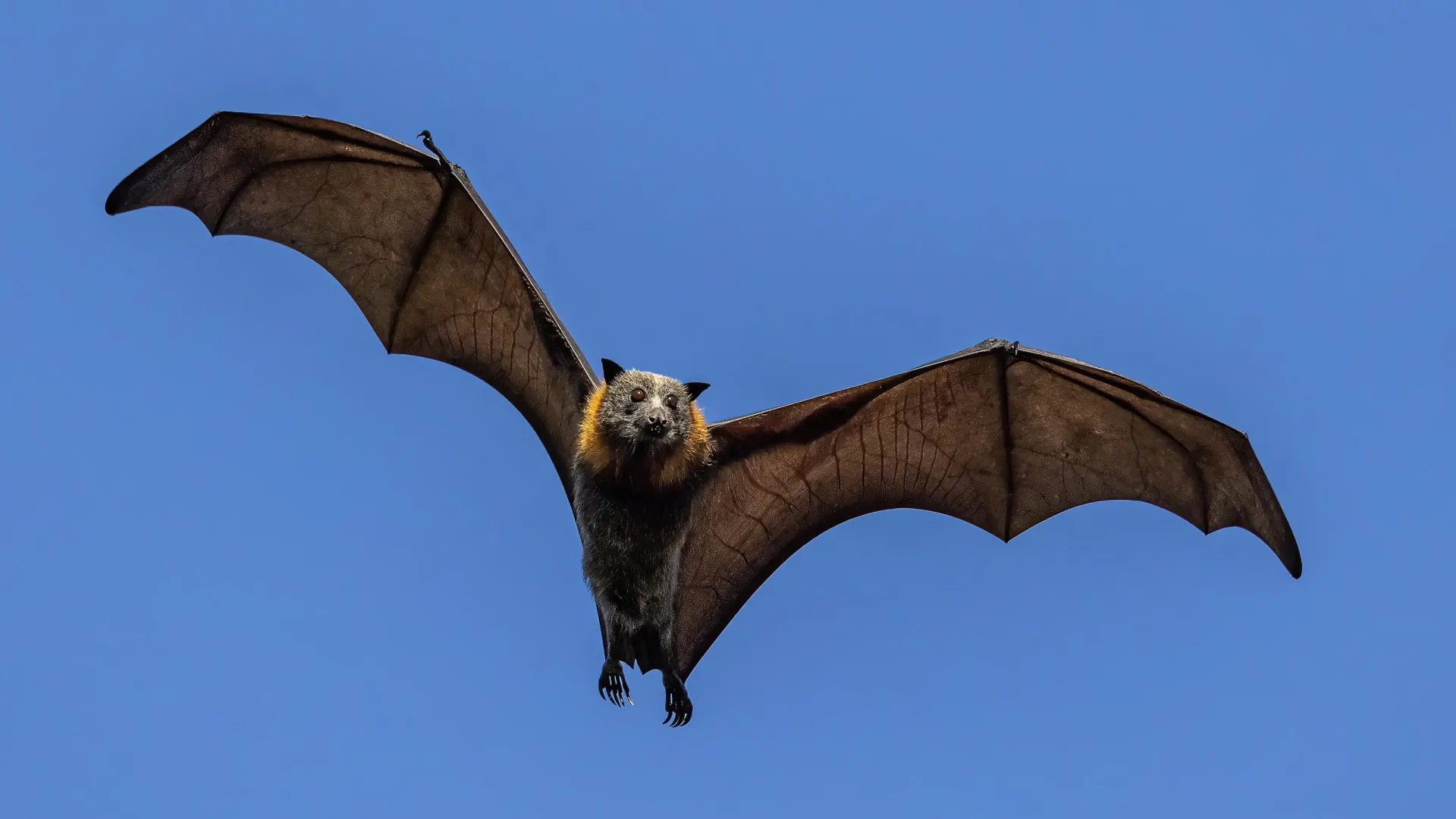Now Reading: Hidden Bone Armor: How Lizards Endured Australia’s Challenges
-
01
Hidden Bone Armor: How Lizards Endured Australia’s Challenges
Hidden Bone Armor: How Lizards Endured Australia’s Challenges

Rapid Summary
- Scientists discovered a hidden layer of bony skin structures called osteoderms beneath the scales of Australia’s monitor lizards (goannas).
- Published in Zoological Journal of the Linnean Society on July 21, the research marks the first large-scale global study on osteoderms in lizards and snakes.
- Researchers examined nearly 2,000 reptile specimens using advanced micro-CT scanning from collections like Museums Victoria’s Research Institute.
- Osteoderms were identified in 29 Australo-Papuan monitor lizard species, a fivefold increase from previous knowledge about goannas.
- The study shows osteoderms are far more widespread among reptiles than previously documented, raising estimates by 85%.
- Potential functions for osteoderms include protection, heat regulation, mobility aid, and calcium storage during reproduction.
- Museum-preserved specimens-some over 120 years old-were key to this finding due to advancements in imaging technology.
- Experts suggest these structures evolved as adaptations to harsh environmental pressures faced by reptiles in Australia.
Indian Opinion Analysis
The discovery about monitor lizards’ hidden osteoderm layers offers significant insights into how evolution shapes survival strategies under challenging conditions. Although focused on Australian reptiles, evolutionary parallels might hold relevance for studying India’s rich reptile biodiversity concentrated across diverse habitats like deserts and rainforests.India’s scientific institutions can benefit from leveraging museum-based studies coupled with cutting-edge imaging technologies to revisit specimens already housed there.
This finding underscores the importance of preserving historical biological samples-not just as artifacts but as active resources enabling new discoveries. It also highlights global collaboration between scientists across continents, suggesting an interconnected approach to studying ecosystems crucial for understanding broader patterns like climate impact adaptations or genetic diversification among vulnerable species. Such systematic investigations could further India’s capability in environmental conservation science.




























